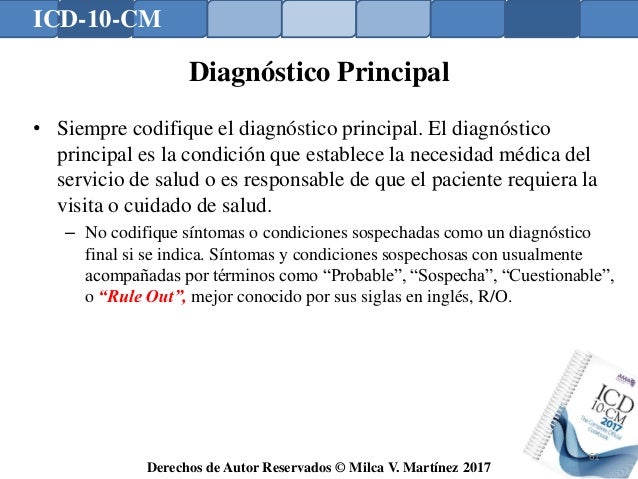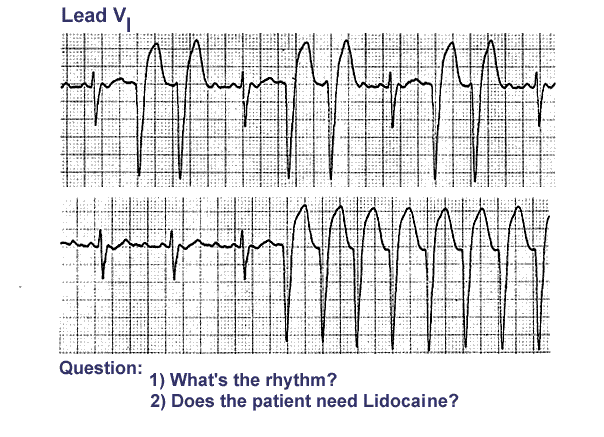

Denervation is also an intriguing possible factor in the lower incidence of ventricular fibrillation (VF) as the terminal rhythm among HT patients who have sudden cardiac death (SCD). 19, 20 Autonomic denervation may partially account for several unique electro‐physiological findings in HT patients, beginning with the low incidence of AF after HT. 17, 18 Studies have correlated changes in the corrected QT interval to sympathetic reinnervation and have postulated that there may be a subset of patients with increased ventricular arrhythmia and mortality risk associated with heterogeneous reinnervation. Over time, both sympathetic and parasympathetic reinnervation will occur, but the degree of reinnervation is incomplete, nonuniform, variable between patients, and heterogeneous within the same patient. In the balance, lack of parasympathetic activity has greater effects, and most HT patients have higher than average resting heart rate and significantly reduced heart rate The donor heart is completely denervated during transplantation. The exclusion of the pulmonary veins and the posterior left atrium is thought to be responsible for the very low incidence of atrial fibrillation (AF) with either surgical method, compared with other major cardiac surgeries including bilateral lung transplantation. Thus, the biatrial method is likely associated with greater risk of reentrant tachycardia and flutter (though not supported by all series). The scars in the atria act as conduction barriers and can also predispose to atrial flutters-cavo‐tricuspid isthmus dependent as well as mitral annular flutters. 8, 9, 10, 11, 12 Sinus activity from the recipient atrium may intermittently escape into the donor atrium and manifest as frequent atrial ectopics or an atrial parasystole. 7 Reestablishment of conduction across the atrial anastomosis may produce tachycardia because of fibrillatory activity or flutter activity in the recipient atrium. In combination with graft P waves, the native P waves may mimic atrial flutter, though close examination will reveal nonconducted atrial parasystole rather than atrial flutter. When the biatrial method is used, activation of the recipient atrial tissue may be reflected on the ECG. With the bicaval method, there is less sinus nodal injury, tricuspid regurgitation, and atrial dilatation. Moreover, there is complete conduction block across the suture line in the right atrium. With the latter method, the recipient sinus node is preserved but is not functional because of disruption of blood supply and denervation. Few centers continue to use the original biatrial method described by Shumway, where part of the recipient right and left atria are retained and sutured to the respective atria of the donor. The most commonly used technique of donor‐to‐recipient anastomosis is the bicaval method, in which anastomoses are made at the level of the two vena cavae, the great vessels, and the left atrial cuff around the pulmonary veins.

Recipient‐to‐donor conduction of sinus beats.Atrial suture lines-conduction barriers.Both isthmus‐dependent and non–isthmus‐dependent mechanisms.Potential drug interactions with immunosuppression.Secondary cardiac and noncardiac cause to be evaluated.Lone atrial fibrillation or pulmonary vein triggers unlikely.Low incidence in postoperative period compared to major cardiac surgery.Isolated RBBB probably has no prognostic significance.Major Mechanisms of and Considerations for Arrhythmias After Heart Transplantation Arrhythmia Stroke: Vascular and Interventional Neurology.

Journal of the American Heart Association (JAHA).Circ: Cardiovascular Quality & Outcomes.Arteriosclerosis, Thrombosis, and Vascular Biology (ATVB).

of aortoiliac arteries History of atrial fibrillation History of atrial fibrillation with no current medications History of atrial fibrillation, no current medication History of atrial flutter History of blockage of a brain artery History of blockage of central retinal artery of the eye History of blockage of the central retinal vein of the eye History of bradycardia History of bradycardia (slow heart rate) History of cardiac arrhythmia History of cardiac arrhythmia radiofrequency ablation History of cardiac arrhythmia radiofrequency ablation, left atrial complex History.H/o subarachnoid hemorrhage H/o: aortic aneurysm H/o: atrial fibrillation H/o: heart disorder H. inflammation) History of visceral aneurysm Hx of cardiac arrhythmia Hx of paroxysmal atrial tachycardia. Of occlusion of central retinal vein History of paroxysmal atrial tachycardia History of paroxysmal.


 0 kommentar(er)
0 kommentar(er)
